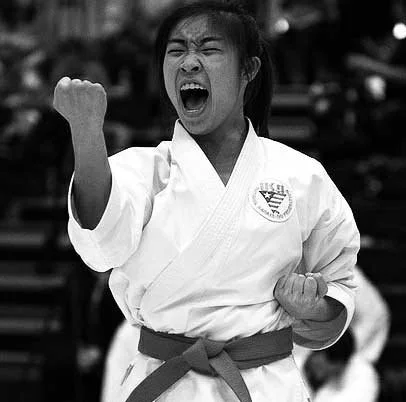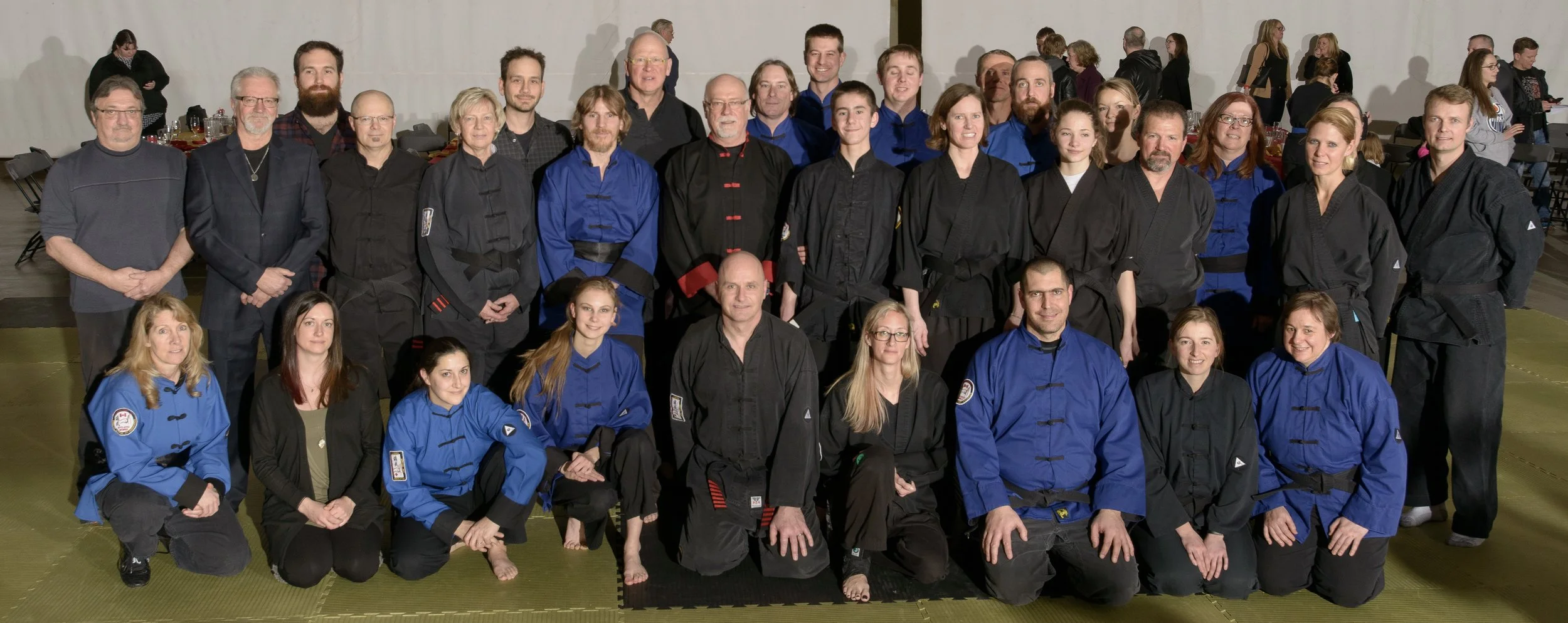Sound focus is part of our training. We all know it can focus our power, startle our opponent and force us to breathe.
But did you know it can also save your life?
When you use sound focus, just as you launch your finishing strike, you are focusing all your energy into the strike. As the name implies, you are focusing all of your intensity into that strike. Not to the previous strike. Not to the future strike. But to the one you are throwing right now.
When you are in a fight, using your sound focus just before you strike your opponent will most likely startle your opponent which will cause them not to properly defend themselves, hence you will be able to strike and make an impact.
When attacked, one of the main rules is to stay calm. Not panic. Strong exhalation of breath as you use your sound focus will force you to take in a deep breath. It is forcing the co2 out of your body and letting oxygen in, making you more calm. This will help you with whatever comes next.
Yelling (or using your sound focus) can also startle an attacker before they come after you. Someone who is attacking you typically does not want to be seen and to be caught and therefore if you are yelling there is a good chance they will walk away. And if they are not, at least you are better prepared and there is a good chance someone else heard you and will come to help you.
Now, most of us are reluctant to use our sound focus in public (and in class). But like everything else in life, if you do not practice it you will never get better at it. Practice your sound focus in front of the mirror. Use your sound focus in class. It is all part of your training as a martial artist.
Kiaaaaaaahhhhhh.
Yitzik Csillag




